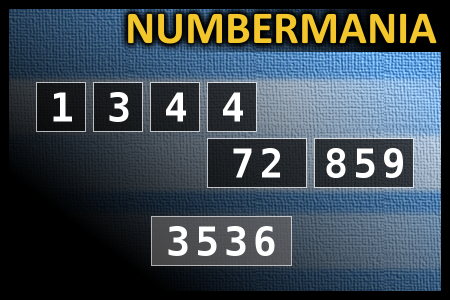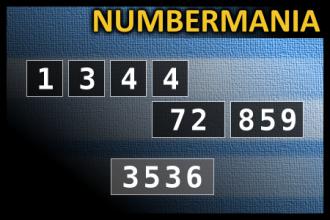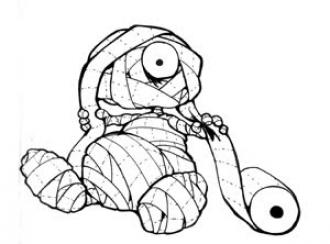Calculate the number 3536
NUMBERMANIA: Calculate the number 3536 using numbers [1, 3, 4, 4, 72, 859] and basic arithmetic operations (+, -, *, /). Each of the numbers can be used only once.Correct answers: 28
The first user who solved this task is Sanja Šabović.
#brainteasers #math #numbermania


